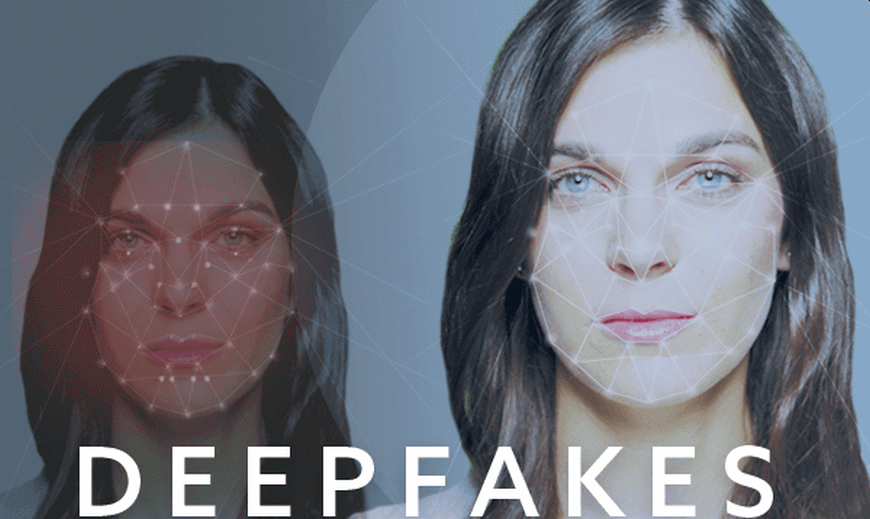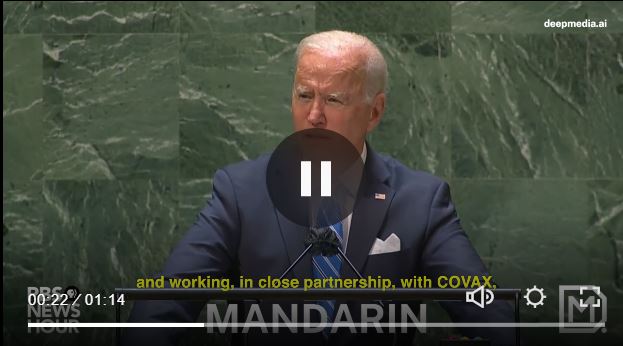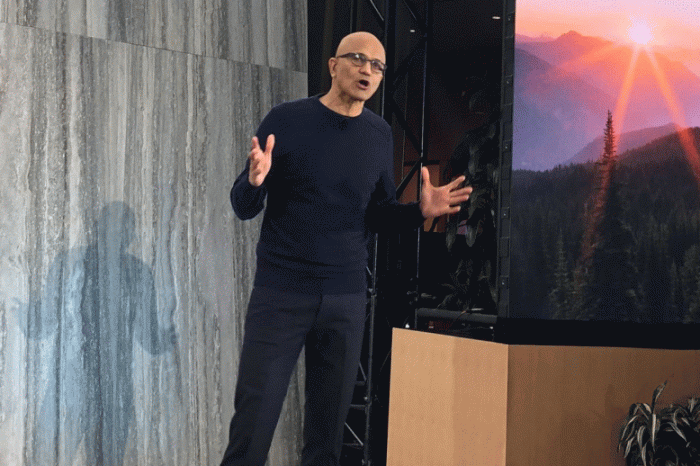Yes, deepfakes can actually be a force for good – here’s how

Long before “fake news” gained popularity in the mainstream media, there was deepfake, media that takes a person existing image or video and replaces them with someone else’s likeness using artificial neural networks. Today, deepfakes are a hot topic and we can all agree on how challenging it is to detect and verify deepfakes.
The idea first surfaced about six years ago when a team of researchers from Washington University published their academic project work titled: “Synthesizing Obama: Learning Lip Sync from Audio.” The program, which was published in 2017, modifies video footage of former president Barack Obama to depict him mouthing the words contained in a separate audio track.
In recent years, deepfakes have sparked fears they could be used to re-create other people’s faces and voices. Deepfakes are considered dangerous and pose a growing threat to society because of their ability to spread misinformation which could potentially lead to privacy issues, credibility concerns, financial losses, and tarnished reputations, especially during elections.
However, as bad as it sounds, deepfakes can actually be a force for good. For example, DeepMedia, an Oakland California-based AI platform used deepfakes to create a video of President Joe Biden delivering his SOTU speech in Spanish (a language he admittingly does not speak, by the way!). Using DeepMedia’s Generative AI platform, companies, institutions, and governments are able to proliferate their messages across over 50 languages.
Click on the video below to watch Biden speak in German, Mandarin, French, Russian, and Spanish.
With deepfakes a concern for global governments and national security, DeepMedia CEO Rijul and his team of 20 are actively fighting against the spread of misinformation. SYnthetic media isn’t all bad, as the company demonstrates with its AI translating and dubbing tool online. The easy-to-use interface with HD audio/video exports content (like Joe Biden’s SOTU address) into 50 different languages, reaching 5 billion new people around the world. You can watch a compelling example on DeepMedia’s website.
Now, DeepMedia has built the first public dataset that can detect the next generation of advanced deepfakes, with a 96% accuracy rate to boot. It’s currently being used by the Department of Defense, the US Air Force, and investigative journalists around the world.
With deepfakes a concern for global governments and national security, Rijul and his team of 20 are actively fighting against the spread of misinformation. SYnthetic media isn’t all bad, as the company demonstrates with its AI translating and dubbing tool online. The easy-to-use interface with HD audio/video exports content (like Joe Biden’s SOTU address) into 50 different languages, reaching 5 billion new people around the world.
DeepMedia generated the video using its universal translator tool, and by doing so has set the standard for responsible deepfakes. You can watch other compelling examples on DeepMedia’s website.
“Our AI allows not just political leaders but organizations and journalists to address non-English speaking individuals in their own languages. Essentially, they’re able to spread critical – and credible – information to billions more people around the world,” says CEO Rijul Gupta.
According to DeepMedia, less than 20 minutes of Biden’s voice was required to generate this clip, which Gupta says highlights the tool’s immense scalability. Now, Biden can effectively communicate with the 53 million Americans who speak Spanish — all in near real-time.
“We’re proud to make our translation tools available to strengthen global security and relations with our international allies,” Gupta says, adding that both The United States Department of Defense and The United Nations are working with the company.
The application of this technology is not limited to the government. Brands could also use the technology to deliver new and existing content on YouTube, Instagram, TikTok, Twitch, and more to over 5 billion new people in their native languages even with your own voice, all using our automated synthetic voice and lip reanimation Generative AI technology.


